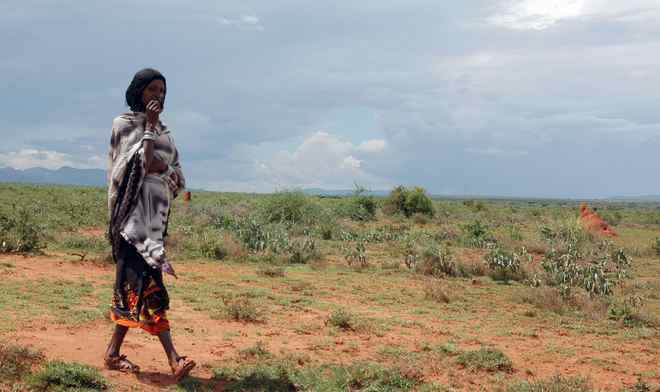Ethiopia’s climate is diverse and erratic, plagued with both massive flooding events and intense periods of drought. The unpredictability of weather patterns severely hinders economic development, particularly for lower income countries reliant upon their agricultural sector for national income. With 46.4 percent of Ethiopia’s labor force employed in agriculture services, the cost of extreme weather events can be astronomical.
The International Food Policy Research Institute (IFPRI) and the Ethiopian Development Research Institute (EDRI) conducted multiple studies to predict the future cost of climate change for the Ethiopian government. The report focuses on agriculture, road, and dam infrastructure and their predicted costs to mitigate the effects of climate change.
IFPRI and EDRI’s findings suggest that Ethiopia will need millions of dollars, if not billions, to spend on infrastructure and programs in the next three decades in order to adapt to future climate patterns. An increase in annual droughts could end up costing Ethiopia anywhere from US$7.3 million to US$1.2 billion by 2040, while total infrastructure costs could exceed US$2.8 billion annually. Water scarcity will increase, demanding more irrigation infrastructure and energy to pump water across the country.
Furthermore, Ethiopia’s population continues to grow. This year Ethiopia’s population hit a benchmark of 90 million people. Higher populations combined with growing urbanization rates will increase national food demands in the future. These stresses will exacerbate change adaptation costs even further.
Recommendations to alleviate the future stress of climate change include: investments in irrigation to increase yields in rainfed areas, development of new technologies to better predict regional temperature changes, and enhancing design strategies for paved roads vulnerable to adverse weather conditions.













